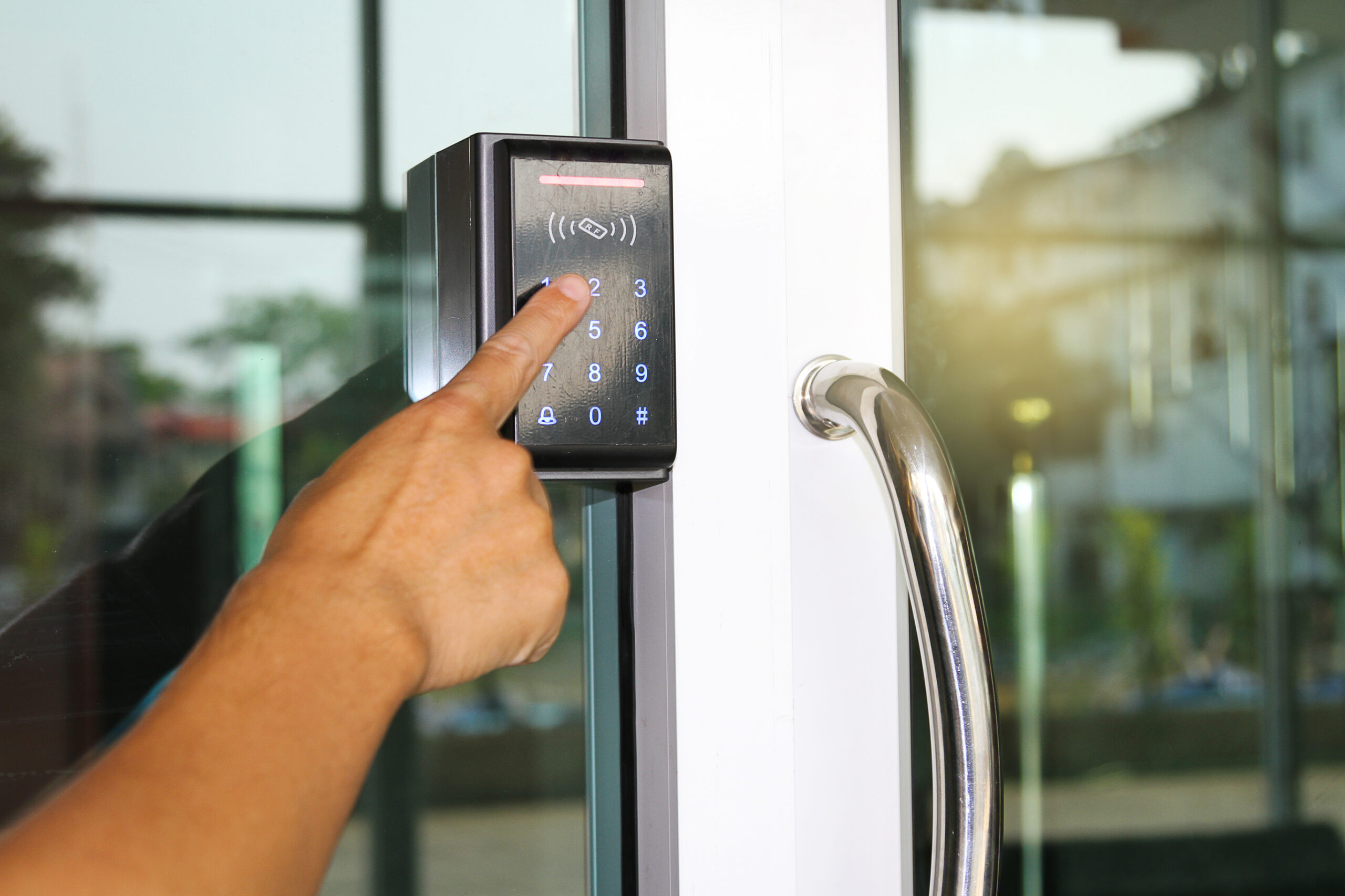Credential Based Access Control Protects Your Business
There are numerous ways to control physical access these days, but which is best for your business? Here is a breakdown of the standard types of access control available in 2024, as well as some pros and cons of each:
Biometrics
There are several types of credentialing that make use of the physical attributes of the person requesting access, including:
Facial Recogniton Scanners
Facial recognition uses pattern matching to compare the face of a person requesting access to images on record. Facial recognition is very secure, but inconsistencies in lighting, as well as changes in facial hair or expressions can cause difficulties in getting an accurate reading.
Fingerprint Scanners
As you would probably imagine, this method uses physical contact with a person’s unique fingerprint. It is extremely secure, as capacitive sensors are very difficult to fool, and a very accessible and non-intimidating method to use. However, injuries or cuts can cause complications, so providing a backup method may be recommended.
Iris/Retinal Scanners
These methods scan the eye of the person trying to gain access and compare with existing records: either an image of the iris, or the pattern of blood vessels in the retina. While very secure (especially retinal scans), users sometimes report finding this method intrusive to deal with.
Voice Recognition
With voice recognition, users speak a password or phase, which is then compared against a recording. In addition to requiring a quiet environment to work properly, this method is also more vulnerable to attack than other biometrics. A bad actor could gain access by using a recording of an individual speaking their password.

Knowledge Based Authentication (KBA)
This method requires users to gain access using some kind of memorized information; usually a password or PIN. It is one of the most affordable and accessible methods of access control, as it requires no management of physical tokens, and can be set up very quickly for any individual, as all it requires is creating a passcode. However, it is far from the most secure method. If individuals share their passcodes with others or are observed entering their passcodes, security can easily become compromised.
Token-Based Authentication
These methods rely on an actual physical object, such as:
Swipe Cards
This familiar method relies on a card with a magnetic strip, swiped through a card reader. It is very accessible as cards are very cheap and easy to replace, but is not the most secure method. Cards can be lost or copied very easily, and often too many are produced to keep track of.
Smart Tokens/Cards
This method makes use of computer chips embedded in an object like an ID card or key fob. They are significantly more secure than swipe cards, as they are unique/non-interchangeable and very difficult to counterfeit, especially because all communication between the credential and the server is encrypted.
NFC/RFID Authentication
With these methods, an individual requesting access must use a RFID (Radio Frequency Identification) or NFC (Near Field Communication) enabled device to communicate with the system. With RFID, this is most frequently a card or tag of som, whereas NFC often uses smartphones.



